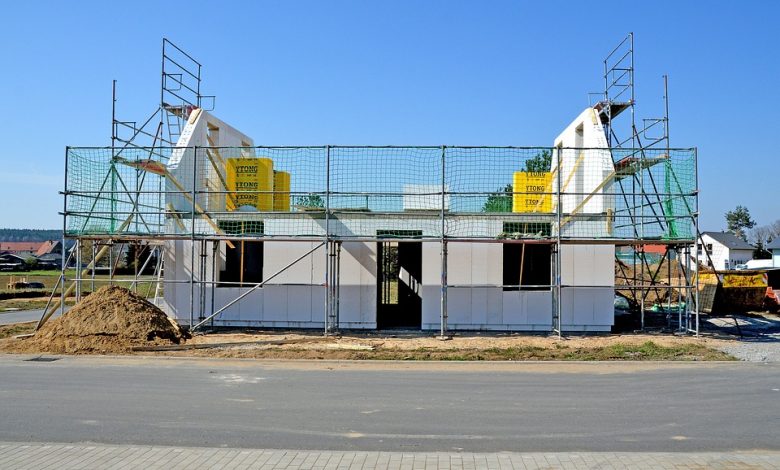Prefabricated buildings


By Koon Yew Yin
My purpose for writing this article is to share my knowledge to benefit all my readers, especially property developers and construction contractors in Malaysia. If I were younger, I would like to learn about prefabricated buildings to make more profit.
I have been in the building construction industry for more than 60 years. I was a member of the Malaysian Board of Engineers for 3 terms and I was the Secretary General of the Master Builders Association for 9 years. I was a co-founder of IJM Corp.
Prefabricated buildings are buildings that are manufactured and constructed using prefabrication, which consists of factory-made components or units that are transported and assembled on-site to form the complete building. Prefabricated buildings are considered to be more efficient and sustainable than traditional buildings, as they can save energy, materials, and labor costs.
China is one of the leading countries in the development and application of prefabricated buildings, especially in urban areas. According to a report by Mordor Intelligence, the prefabricated building market in China is expected to grow at a compound annual growth rate (CAGR) of approximately 5% during the forecast period of 2024-2029. The revenue generated from the prefabricated buildings industry in China was USD 41.4 billion in 2018, and is expected to reach USD 698.2 billion in 2030.
Some of the factors that drive the growth of the prefabricated building industry in China are:
- The rapid urbanization and population growth, which create a strong demand for buildings and housing.
- The rising concerns over the green infrastructure and sustainable living, which align with the prefabrication concept of reducing environmental impacts and carbon emissions.
- The promotion of national policies and regulations that support the development and application of prefabricated buildings, such as the 13th Five-Year Plan and the Three-Year Action Plan for Prefabricated Buildings.
- The improvement of the construction technology and management level of prefabricated buildings, as well as the innovation and diversification of the prefabricated building products and designs.
Some of the challenges that hinder the growth of the prefabricated building industry in China are:
The high initial cost and investment of prefabricated buildings, which may not be affordable for some customers and developers.
- The lack of standardized and unified regulations and codes for prefabricated buildings, which may cause confusion and inconsistency in the quality and safety of the prefabricated building projects.
- The insufficient supply chain and logistics system for prefabricated buildings, which may affect the delivery and installation of the prefabricated components and units.
- The low awareness and acceptance of prefabricated buildings among the public and the stakeholders, which may limit the market potential and demand for prefabricated buildings.
If you want to learn more about the prefabricated building industry in China, you can check out some of the web search results that I found for you:
- China Prefabricated Buildings Industry Study – Mordor Intelligence
- Reflections on the Development of Prefabricated Buildings in China from a Historical and Global Perspective
- Evaluating Risk in Prefabricated Building Construction under EPC Contracting Using Structural Equation Modeling: A Case Study of Shaanxi Province, China
- China Prefabricated Buildings Industry Companies


